Biking to work has evolved from a practical means of transportation to a lifestyle choice that cities embrace. Consequently, some cities indirectly compete to create the most beautiful urban bike lanes. With a focus on creating sustainable commutes, urban planners have transformed ordinary bike lanes into aesthetically pleasing and cyclist-friendly spaces. Before we dive deep into the list we’ve come up with, let’s get some context on biking to work and sustainable commute.
Biking to Work: A Sustainable Commute
Cycling to work offers a healthy and efficient means of transportation and plays a crucial role in fostering sustainability. As cities around the globe grapple with traffic congestion and environmental concerns, biking emerges as a sustainable solution. Choosing to pedal to work reduces carbon emissions, mitigates traffic congestion, and promotes a healthier lifestyle. Integrating beautiful bike lanes into urban landscapes enhances the appeal of cycling, encouraging more individuals to adopt this eco-friendly mode of commuting.
Reducing Environmental Impact
Opting for a bicycle commute significantly reduces the environmental impact of daily travel. Furthermore, with zero emissions and a minimal ecological footprint, cycling is a green alternative that aligns with global efforts to combat climate change. The beauty of biking to work lies not only in the scenic routes but also in the positive impact it has on our planet.
Biking to Work Scheme: Encouraging Sustainable Choices
Implementing a “Cycle to Work” scheme is a proactive step businesses and cities can take to encourage sustainable commuting. It involves offering employees incentives to take the bike (or even public transport), and, in some cases, it can also mean providing subsidies to purchase or lease bicycles. This initiative not only contributes to reducing environmental impact but also enhances the well-being and productivity of the workforce. To make this transition seamless, there are online courses and trainings like MASTERCOM. This online course, co-funded by the EIT Urban Mobility, empowers businesses with the training and tools needed to transform how their employees travel to work.
Now let’s uncover some of the world’s nicest bike lanes, shall we?
Bike Lanes in Copenhagen: Waterfront Tranquility
Denmark is renowned for its cycling culture and infrastructure. The country’s bike lanes are designed with safety in mind, featuring clear markings, separate lanes, and ample lighting. These design features, coupled with the government’s commitment to promoting cycling, make Denmark’s bike lanes some of the safest and most enjoyable in the world. Cyclists can enjoy a leisurely ride, taking in the country’s beautiful landscapes and cityscapes, knowing they are in a safe and supportive environment.
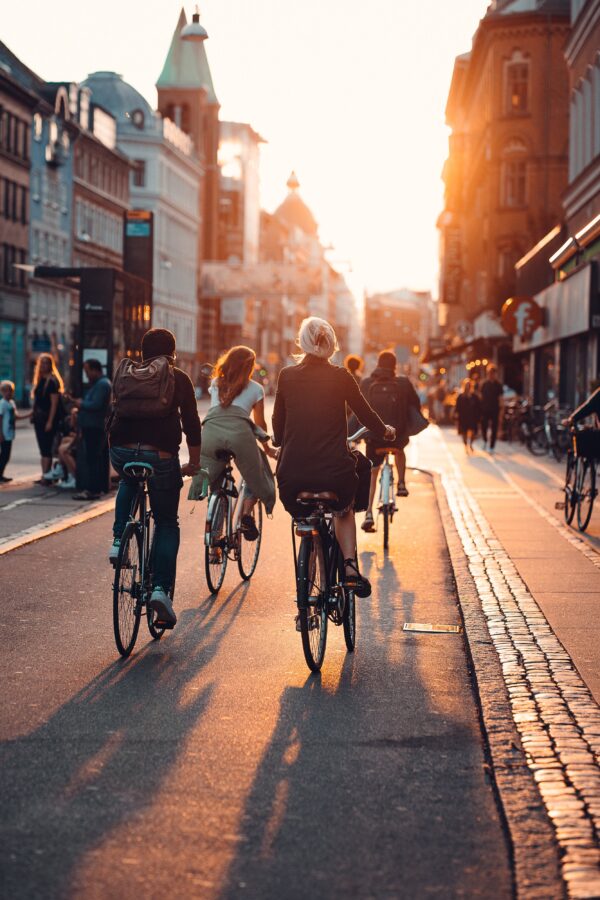
Photo by Luca Barth (x)
Bike Lanes in Amsterdam: Canalside Bliss
Amsterdam, the city of canals, is also renowned for its extensive network of bike lanes. In fact, the city’s biking culture dates back to the 19th century and has since become integral to Amsterdam’s identity. The bike lanes in the capital are not just pathways but a testament to the city’s commitment to sustainability and eco-friendly transportation.
Cyclists can enjoy a leisurely ride along the city’s historic canals, taking in the charming architecture and vibrant city life. The bike lanes are well-maintained and clearly marked, ensuring a safe and enjoyable ride.
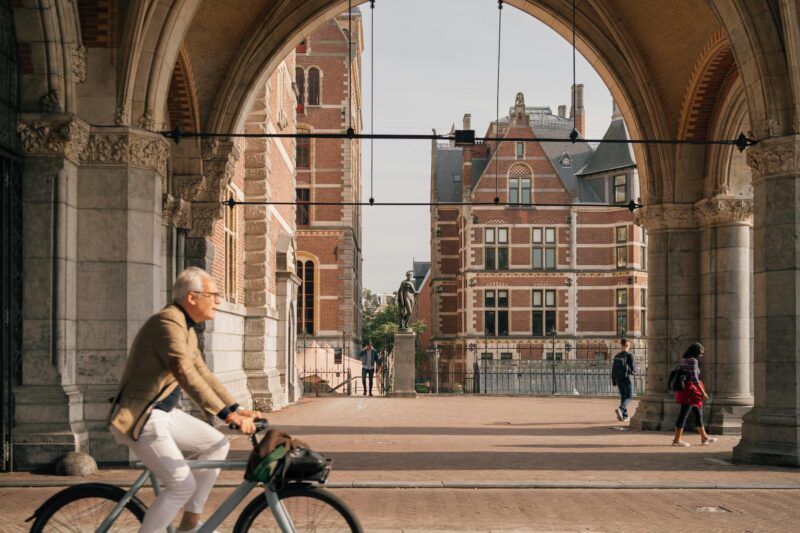
Photo by Gül Işık from Pexels
Bike Paths in Vancouver: Mountainside Majesty
In Vancouver, Canada, urban transformation is on full display with an innovative network of cycling lanes. The mountainside bike paths offer a visually stunning and functional route, showcasing the city’s commitment to sustainable commuting. Riding amidst the natural beauty, cyclists experience a unique perspective and contribute to Vancouver’s vision of an interconnected and eco-friendly urban landscape.
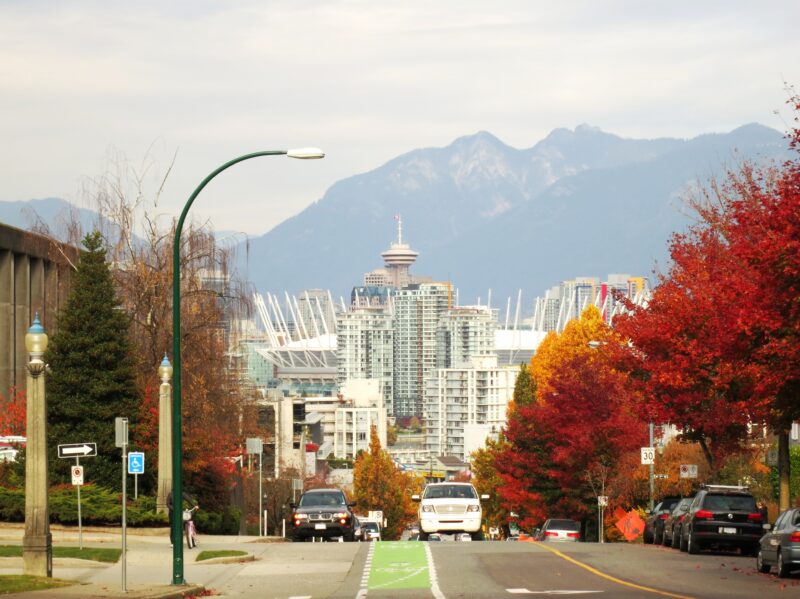
Photo by Ruth Hartnup on Flickr
Bike Lanes in Portland: Waterfront Elegance
Portland, known for its dedication to cycling, offers a picturesque bike lane along the Willamette River. The Waterfront Bike Path serves as a practical route for commuters and provides stunning views of the city skyline, making cycling a delightful experience. The path’s carefully designed landscape and proximity to the river create a harmonious environment, encouraging cyclists to reach their destination and relish the journey through nature within an urban setting.
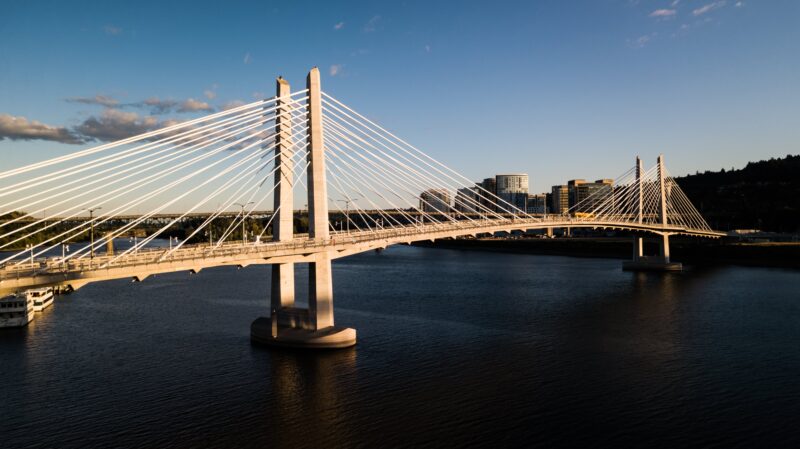
Photo by Ruvim Miksanskiy from Pexels
Cycle Lanes in Tokyo: Riverside Serenity
A bustling metropolis, Tokyo embraces cycling with aesthetically pleasing bike lanes along the Sumida River. Commuters can escape the urban hustle, enjoying a tranquil ride with breathtaking views of the river and the cityscape.
The juxtaposition of modern architecture and natural elements transforms the daily commute into a serene and reflective experience. This allows cyclists to find a moment of calm amidst the bustling city.
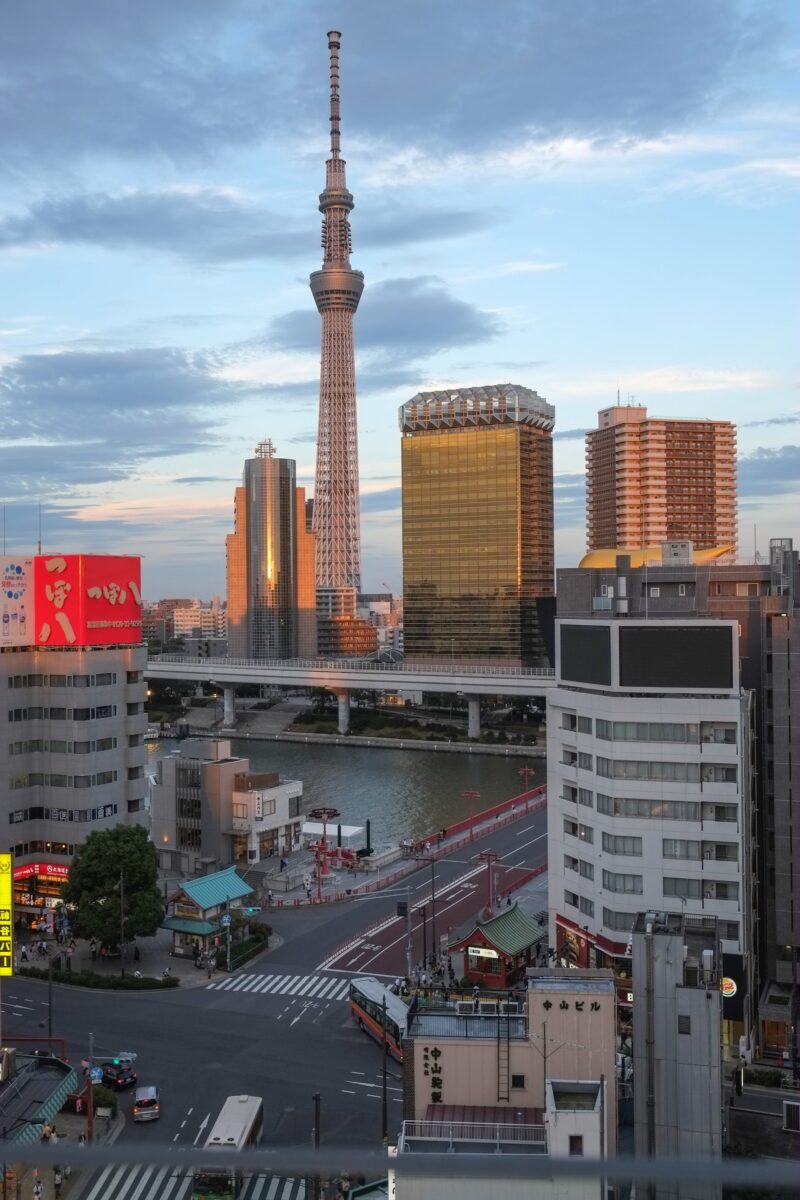
Photo by Dosio Dosev from Pexels
Bike Paths in Bogotá: Ciclovía Sundays
Bogotá’s CicloRuta network, especially the Ciclovía on Sundays, has redefined cycling in urban spaces. The dedicated bike lanes offer a sustainable commute and a chance to explore the city without the intrusion of traffic.
Bogotá’s commitment to closing streets for cyclists on Sundays fosters a sense of community and belonging. It encourages residents to embrace cycling as a means of transport and as a shared experience that transforms the city streets into a communal space for recreation and social interaction.
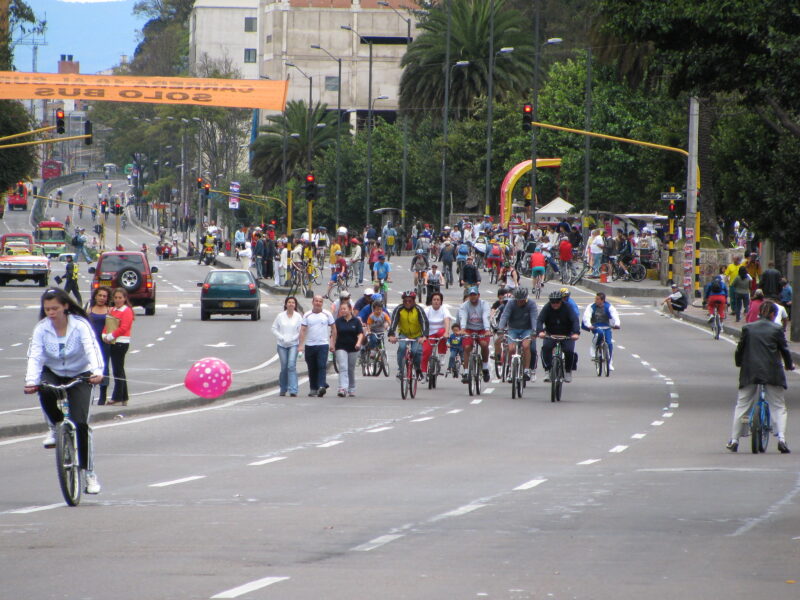
Photo by Cidades para Pesoas on Flickr
Cycling Safety: Navigating the Challenges of Urban Bike Lanes
While we celebrate the allure of urban bike lanes, it’s essential to address the safety challenges that cyclists often encounter. Despite the efforts to create beautiful and functional cycling infrastructure, many bike lanes worldwide still face safety issues. Lack of proper signage, unclear lane demarcations, and inadequate lighting can pose risks to cyclists. This can make their daily commutes less secure and a reason to stop cycling to work.
In response to these challenges, initiatives like Lane Patrol have emerged to provide insights for safe and pleasant cycling infrastructure. This tool implements the CycleRAP methodology to assess and improve cycling infrastructure globally. It identifies potential hazards, recommends improvements, and fosters a more secure environment for cyclists.
These are some of the cities that have elevated the bike lane concept, encouraging sustainable commuting among its citizens. As more cities prioritise cycling infrastructure, these beautiful bike lanes inspire urban planners globally. They demonstrate that commuting to work can be safe, practical and aesthetically rewarding. Whether along the canals of Amsterdam or the mountain views in Vancouver, these bike lanes beckon commuters to pedal their way to work, embracing a healthier and more environmentally conscious lifestyle.





